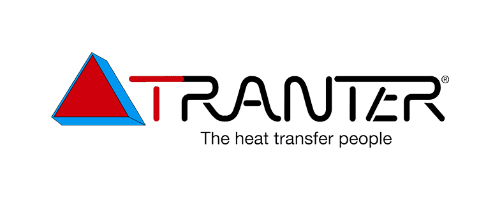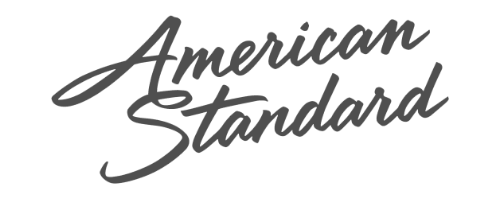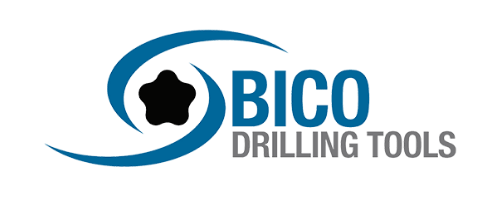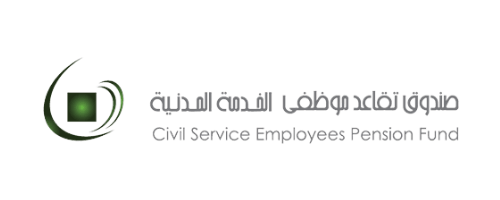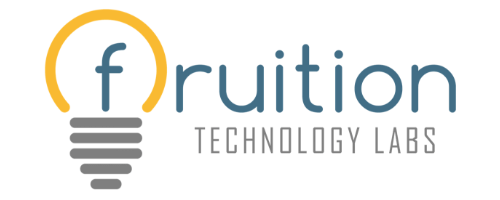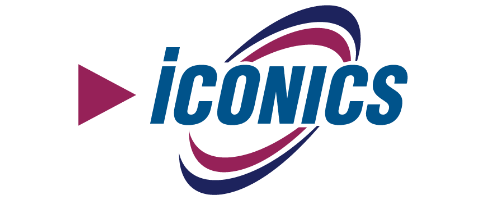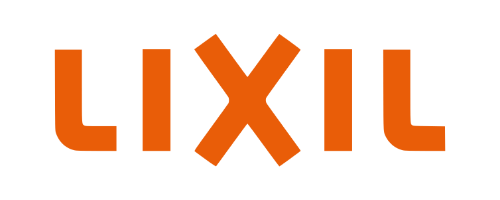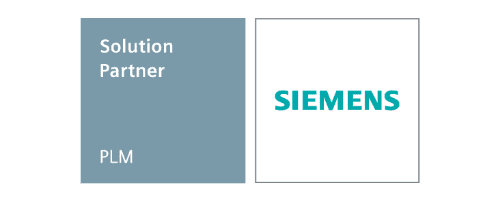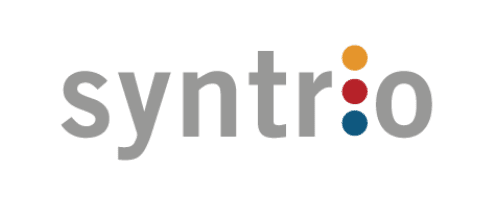Live & Listening !
Automobile
COMPLAINT MANAGEMENT SYSTEM
The solution is meant for the Customer that have vast geographical expanse and operational diversity, facing challenges in standardizing and managing external customer complaints. This study explores the design and implementation of a comprehensive web system leveraging Microsoft’s Power Platform and SharePoint Online.
The goal is to streamline complaint registration, ensure timely response, provide global oversight, and automate reporting functionalities.
Overview
OGEMS (Oil & Gas Enterprise Mobile Solutions Suite) developed by Parallel Minds for clients is a comprehensive suite of enterprise mobile apps designed to address various challenges faced by the oil and gas industry. With a focus on improving business productivity, reducing sales cycle time, enhancing equipment rental processes, and integrating off-shore and on-shore operations, OGEMS has become a game-changer in the industry. This case study highlights the impact of OGEMS and Parallel Minds’ expertise in developing enterprise mobile apps specific to the oil and gas domain.
Challenge
Prior to the implementation of OGEMS, the process of assembling and validating a Bottom Hole Assembly (BHA) in the oil and gas industry was complex and time-consuming. Engineers had to manually collaborate, select components, and ensure compliance with well profiles and various drilling conditions. This process often involved multiple iterations and lacked a standardized approach, leading to inefficiencies, errors, and potential non-compliance.
BHA ASSEMBLER AND VALIDATOR APP
As part of the OGEMS suite, Parallel Minds developed the BHA Assembler and Validator app to streamline and optimize the BHA assembly process. This app introduced the following features, simplifying and enhancing the BHA assembly and validation:
- Collaborative Component Placement: The app allowed engineers to collaborate and place various components to create a custom BHA. Multiple users could work together in real-time, ensuring efficient collaboration and knowledge sharing.
- Guided Assembly for Well Profiles and Drilling Condition: The app guided collaborating users in creating and placing the BHA components specific to the well profile and various drilling conditions. This ensured that the assembled BHA was optimized for the specific operational requirements.
- CAD Model Interface and Component Selection: The app provided an interface for engineers to browse through various CAD models of BHA components. Engineers could select a particular component from the catalog and place it in the main assembly, visualizing the BHA in a digital representation.
- Cloud-Based Rule Engine Validation: Once the BHA assembly was complete, the engineer submitted the configuration to a cloud-based rule engine for validation. The rule engine performed automated checks and validations based on industry standards and compliance requirements.
- Validation Report and Corrective Actions: The rule engine generated a comprehensive validation report, indicating compliance or non-compliance with regulations and standards. In case of non-compliance, the report also provided possible corrective actions to rectify the issues identified.
Solution
The implementation of the BHA Assembler and Validator app within the OGEMS suite resulted in significant improvements in the BHA assembly process, leading to several benefits, including:
- Efficient Collaboration: The app’s collaborative features allowed engineers to work together in real-time, improving communication, knowledge sharing, and efficiency in the BHA assembly process.
- Standardized Assembly Process: The guided assembly process ensured adherence to well profiles and drilling conditions, eliminating guesswork and reducing the risk of errors. This standardized approach resulted in consistent and compliant BHA configurations.
- Time Savings and Operational Efficiency: The app streamlined the BHA assembly process, reducing the time required for component selection, placement, and validation. This led to improved operational efficiency and faster turnaround times.
- Enhanced Compliance and Risk Mitigation: The automated rule engine validation and the generated validation report ensured compliance with industry standards and regulations. By identifying non-compliance issues and providing corrective actions, the app helped mitigate risks associated with non-compliant BHAs.
Results
The implementation of the BHA Assembler and Validator app within OGEMS resulted in measurable improvements in key metrics:
- Assembly Time: The time required to assemble a BHA was reduced by X%, resulting in faster operational readiness and improved overall project timelines.
- Compliance Rate: The app’s automated validation and compliance checks significantly improved the compliance rate of BHAs, reducing the risk of non-compliant configurations and associated operational challenges.
- Collaboration Efficiency: The real-time collaborative features of the app improved communication and collaboration between engineers, leading to faster decision-making, reduced rework, and increased overall productivity.
Conclusion
The development of the BHA Assembler and Validator app within the OGEMS suite by Parallel Minds has revolutionized the BHA assembly process in the oil and gas industry. By introducing features such as collaborative component placement, guided assembly, CAD model interface, cloud-based rule engine validation, and validation reporting, the app has significantly enhanced the accuracy, efficiency, and compliance of BHA configurations. The implementation of OGEMS has demonstrated Parallel Minds’ expertise in developing enterprise mobile apps specific to the oil and gas domain, driving digital transformation and operational excellence in the industry.
Share:
More Case Studies
Have a business challenge that requires a low code solution?
Our Esteemed Clients
Parallel Mind has been assisting Fortune 500 companies and established brands in building robust software foundations for over 16 years.
